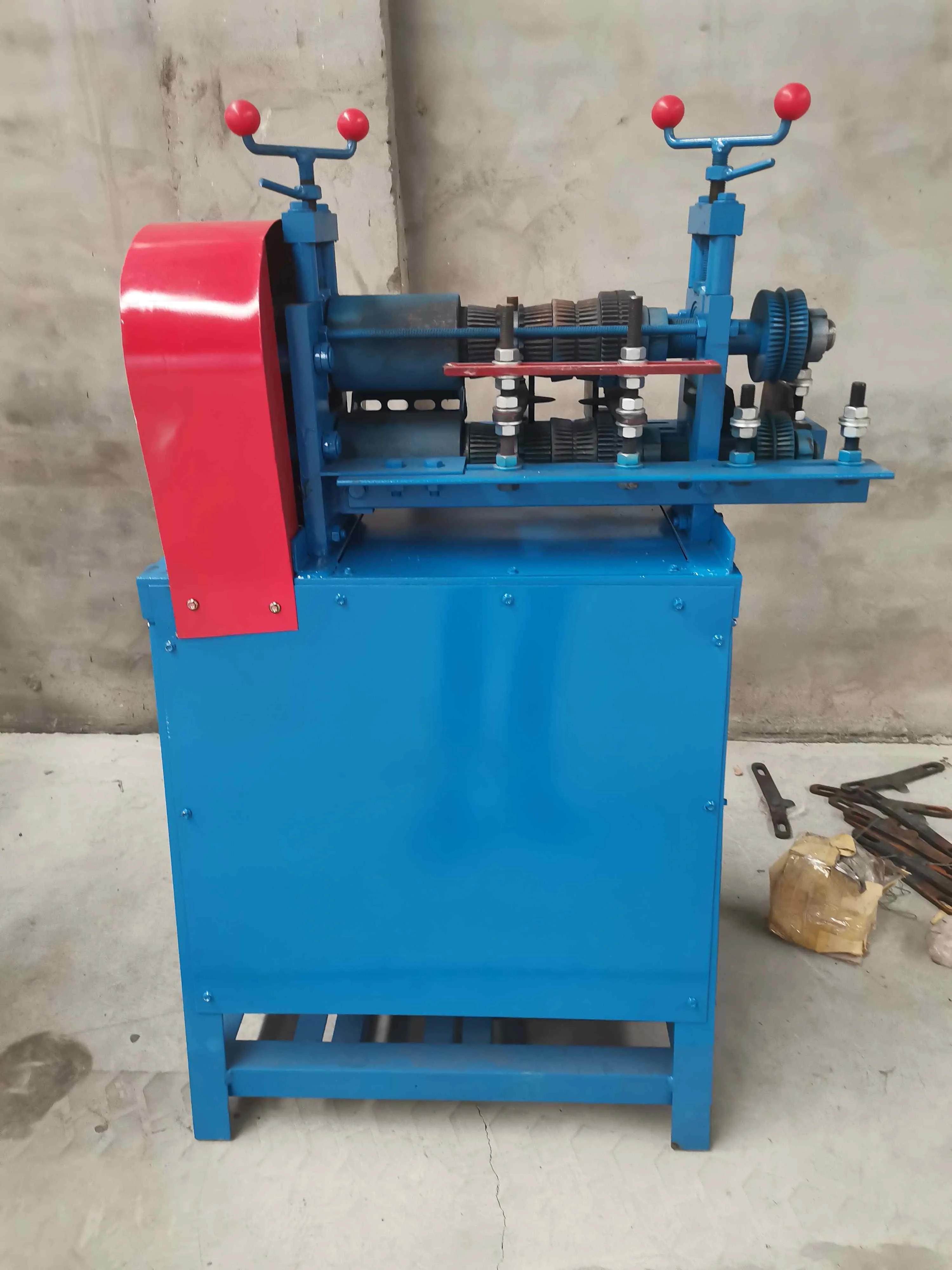

ئۆكتەبىر . 21, 2024 08:49 Back to list
Scrap Processing Plant The Backbone of Sustainable Recycling
In an era where sustainability and environmental responsibility are paramount, scrap processing plants have emerged as critical players in the recycling industry. These facilities are designed to process various types of scrap materials, transforming what would otherwise be waste into valuable resources that can be reused in manufacturing and production. By recovering metals, plastics, and other materials, scrap processing plants help conserve natural resources, reduce environmental pollution, and promote a circular economy.
The Importance of Scrap Processing
The rapid urbanization and industrialization of recent decades have led to an increase in waste generation. According to the World Bank, global waste generation is expected to rise by 70% by 2050 if no substantial changes are made. Scrap processing plants play an essential role in mitigating this trend by efficiently managing and recycling waste materials. By diverting scrap from landfills and properly processing it, these facilities help reduce the environmental impact associated with waste disposal, such as soil and water contamination.
Moreover, the economic benefits of scrap processing cannot be overstated. The recycling industry creates jobs, stimulates economic growth, and reduces the cost of raw materials for manufacturers. Recycled metals, for example, require significantly lower energy inputs compared to virgin extraction. This reduction in energy consumption translates to lower greenhouse gas emissions, making recycling not only a practical solution but an environmentally friendly one.
The Process of Scrap Recycling
The process of scrap recycling within a processing plant typically involves several stages. First, scrap materials are collected from various sources, including construction sites, industrial processes, and end-of-life products. Once collected, the materials are transported to the processing plant, where they undergo sorting and separation. This step is crucial, as different materials require different processing methods.
At the plant, advanced technologies such as magnetic separators, shredders, and conveyor belts are employed to efficiently segregate metals from plastics, glass, and other components. The separation process ensures that each material type is handled appropriately, maximizing the recovery rates of valuable resources. After sorting, the materials are cleaned and prepared for shredding or baling, depending on their type.

Once processed, metals are melted down and reformed into ingots or sheets, which can then be sold to manufacturers for reuse. Meanwhile, plastics undergo various treatments, including shredding and extrusion, before being transformed into pellets that can be used in new products. The entire process is designed to minimize waste and maximize resource recovery, aligning perfectly with the principles of sustainability.
Challenges Facing Scrap Processing Plants
Despite their importance, scrap processing plants face several challenges. One significant hurdle is the fluctuating prices of raw materials. Scrap prices can be highly volatile, influenced by global market trends and economic conditions. This volatility can impact the profitability of processing plants and their ability to invest in new technologies or expand operations.
Additionally, the increasing complexity of scrap materials poses a challenge for recycling facilities. Many products today contain multiple materials or hazardous components, making recycling more complicated. For instance, electronic waste, commonly known as e-waste, often comprises a mix of metals, plastics, and potentially toxic materials. Processing plants must invest in specialized equipment and training to handle these complicated materials safely and efficiently.
The Future of Scrap Processing
Looking ahead, the future of scrap processing plants is promising but requires adaptation and innovation. Embracing advanced technologies such as artificial intelligence and robotics can enhance the efficiency of sorting and processing, allowing for higher recovery rates and reduced operational costs. Furthermore, developing collaborative partnerships with local governments, businesses, and communities can promote better waste management practices and encourage the public to recycle more effectively.
In conclusion, scrap processing plants are vital to fostering a sustainable future. By efficiently recycling scrap materials, these facilities help reduce waste, conserve resources, and create economic opportunities. As the world continues to face environmental challenges, investing in and supporting the growth of scrap processing plants will be essential in building a more sustainable and responsible economy.
Latest news
Troubleshooting Common Eddy Separator Problems
NewsJul.04,2025
The Role of Metal Recycling Plants in Circular Economy
NewsJul.04,2025
The Impact of Recycling Line Pickers on Waste Management Costs
NewsJul.04,2025
Safety Features Every Metal Shredder Should Have
NewsJul.04,2025
How Industrial Shredders Improve Waste Management Systems
NewsJul.04,2025
How Cable Granulators Contribute to Sustainable Recycling
NewsJul.04,2025